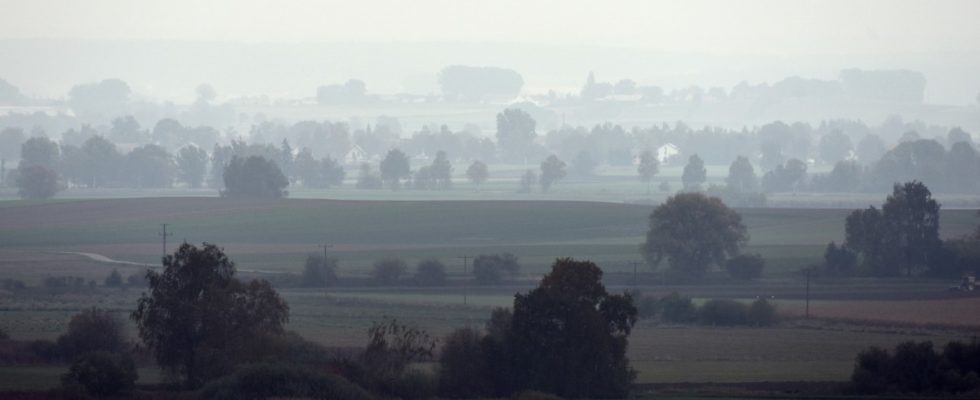What an upsurge in political prominence two years ago in Langenmosen in the Donaumoos. Prime Minister Markus Söder (CSU) traveled from Munich with Environment Minister Thorsten Faithr (FW) and Agriculture Minister Michaela Kaniber (CSU) and announced the largest bog renaturation project that has ever existed in the Free State. According to Söder at the time, 2,000 hectares of what was once the largest fen in Bavaria should be rewetted within ten years. “Climate protection at home,” said Söder. “We want to go ahead in Bavaria and be climate-neutral by 2040. A central aspect is the improvement of natural CO₂ storage.” 200 million euros, Söder promised, will be pumped into the project by 2031, i.e. 20 million euros per year. The nature conservation associations, in particular the State Association for the Protection of Birds (LBV), were enthusiastic.
The disappointment is even bigger now. Because apart from the announcement and preliminary work, nothing has happened so far – at least nothing visible. “The project offers the unique opportunity to implement measures to protect the climate and species on a large scale,” says LBV boss Norbert Schäffer. “It is therefore incomprehensible that not a single square meter of Donaumoos has been rewetted.” His demand: the renaturation of natural CO₂ storage must be at the same pace as the expansion of renewable energies. In addition, it needs the “serious will of everyone to participate”, farmers, authorities and local politicians, but also the population as a whole must pull together. This year the first rewetting should finally take place.
At the same time, the LBV boss criticizes the fact that the Donaumoos is currently the main focus as a location for huge solar parks. “If a solar park is to be erected on a moor site, the planning must be linked to the protection of the moor soil,” says Schäffer. In addition, in view of the many projects in the Donaumoos, an overall concept is necessary. Species protection must also be strengthened – for example by renaturing sufficient areas for endangered meadow breeding species such as the curlew and the lapwing.
The Donaumoos in the southwest of Ingolstadt was once the most important southern German fen with an area of 17,000 hectares and peat thicknesses of up to four meters. It has been systematically drained since the end of the 18th century so that it can be used for agriculture. Nowadays, the farmers mainly grow potatoes and maize there. The progressive decomposition of the peat layer releases around 400,000 tons of CO₂ per year. The program announced by Söder envisages that arable farming should give way to meadow farming on an area of 2000 hectares. This is intended to prevent further loss of peat soil and the escape of the greenhouse gas CO₂. There are strong reservations among farmers about the project. When Söder announced it in Langenmosen, a loud tractor rally took place at the same time.

